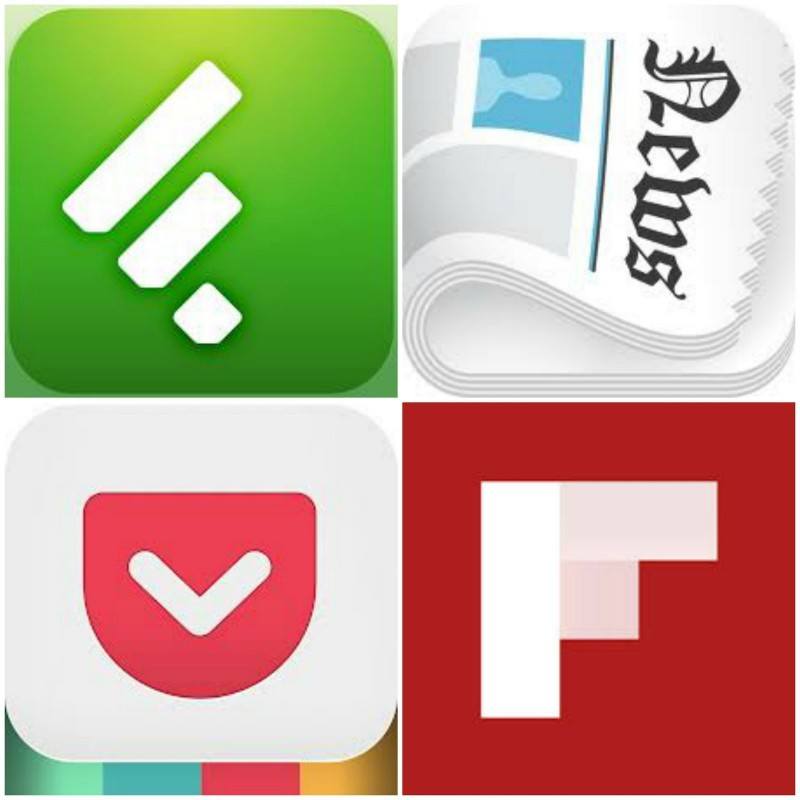Be an education content curator and collaborate with your students!
What is your daily internet workflow? The age of getting into work early, finishing up your first cup of coffee and flicking through your favorite local and national publications is quickly expiring.
Whether it be, sites that are tabbed in your browser's favorites, an RSS news feed or a social media outlet, it seems that we spend at least some piece of our day cruising through web based media sources.Browsing content can be powerful and overwhelming all at the same time. For years services like Google Reader, Feed Burner, Stumbleupon, Digg and Read It Later (Now Pocket) have served as outlets for readers to soak up topical and popular information as well as save articles to read later.
The question remains, what do we do with all this great content after we find it? The internet poses a new interesting question? Because it is so abundant and easy to find, is digital content disposable? And if it's not what do we do with it?I remember growing up and having a stack of Time Magazines in the corner of the living room. We used to go through it about once a year, filtering out issues for the recycling bin. When I questioned why we saved them, the answer was always the same, just because, what if we ever need them for something, like a school project. We had a similar stack in the back of the classrooms in my elementary school and high school social studies classes.
Teachers would photo copy articles for the class and hand them out. The flow of content was only in one direction. From the publication, to the newsstand or mailbox to the teacher, to the student, to the pile of old magazines. The access to all that content now sits comfortably and accessibly online for anyone. No longer does the teacher have to deliver content to the students, or have stacks of periodicals or paper laying around waiting to be used. Collaboration and curation can now be done together. The same goes with professional teams.For the Mass Media and Communications Internship I teach I share curation rights to a Flipbaord magazine that my students and I post to. When either of us find an interesting article we save it to the Mass Comm Flipbaord. The Flipboard is public so other readers and utilize the content outside of our class. When an article deserves conversation we bring it up in class. Mostly we just read through the magazine on our own time. It just becomes another dynamic place for learning and collaboration.

